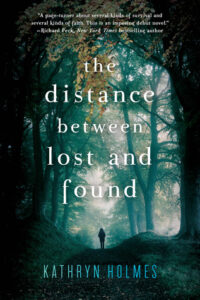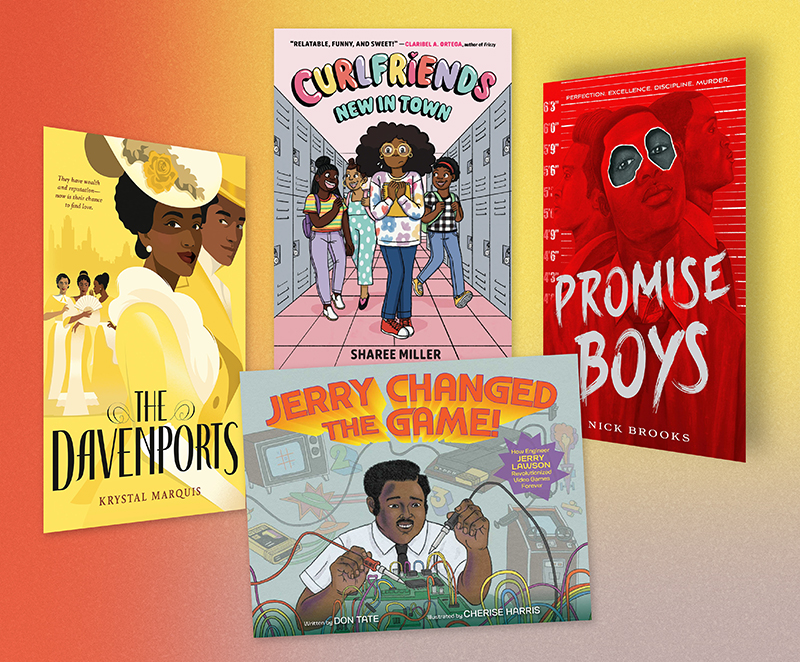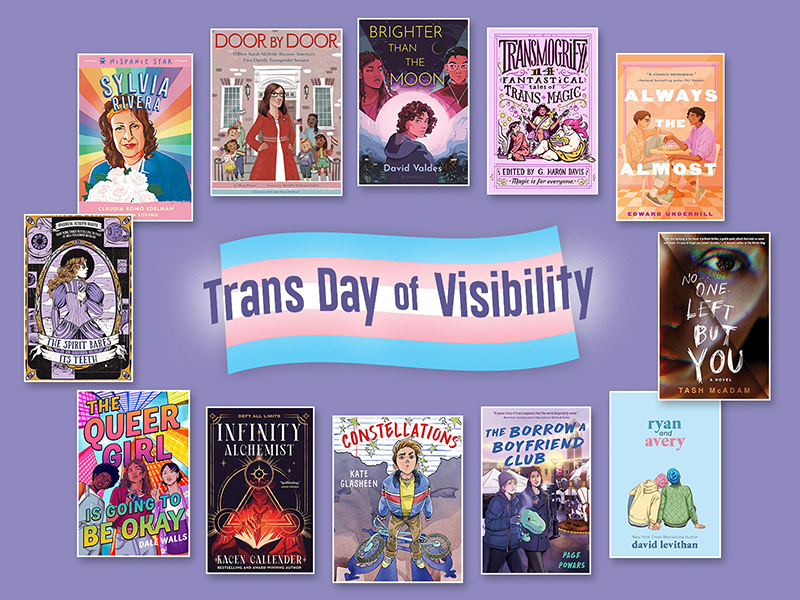The Distance Between Lost and Found, part 1: Wilderness Survival and Youth Group Culture (by Ally Watkins)
As part of the Faith and Spirituality in YA Lit: A Discussion project, librarian Ally Watkins and I decided we would read some of the same books and write tandem posts about them. With that goal in mind, we both recently read The Distance Between Lost and Found by Kathryn Holmes. Here are Ally’s thoughts and a little bit later today I will share mine.
 In The Distance Between Lost and Found by Kathryn Holmes, Hallelujah Calhoun is tired. Tired of being silent, of the knowing glances, of not having any friends. But she can’t do anything about it. So she just pulls on her boots and goes on her youth trip, preparing for the same old same old. But the bullying is bad, even for what she’s used to. When she and new girl Rachel and former friend Jonah get separated from the group and lost in the mountains, the situation goes from bad to worse, and all of her secrets and words come out.
In The Distance Between Lost and Found by Kathryn Holmes, Hallelujah Calhoun is tired. Tired of being silent, of the knowing glances, of not having any friends. But she can’t do anything about it. So she just pulls on her boots and goes on her youth trip, preparing for the same old same old. But the bullying is bad, even for what she’s used to. When she and new girl Rachel and former friend Jonah get separated from the group and lost in the mountains, the situation goes from bad to worse, and all of her secrets and words come out.
ADVERTISEMENT
ADVERTISEMENT
I was a youth group kid. Everyone was–I’m from the bible belt. My town of 7,000 people had 50 churches. I enjoyed going to church (I still do). My mom was on church staff when I was a kid, so I spent a lot of time at my childhood church. It was comforting and familiar for me.
But youth group? That’s an entirely different animal. I was SO involved in my youth group: I was in choir. I was on the drama team. I did Youth Ministry Council. I went to the special leadership conference and every time a bus pulled out of our youth house parking lot for a trip, I was on it. And in some ways, all of that was excellent for me. But it also made me privy to a lot of politics and inner workings that I didn’t fully understand until years later.
I’d like to go on record as saying that I never felt unsafe in my youth group. I went on dozens of mission trips and retreats and conferences, and no one that I know of was ever abused, physically or sexually, or even emotionally. I was never witness to relentless, life-ruining bullying. What I am saying is that I understand how these problems can develop. The environment fostered in youth groups can be alarmingly conducive to it.
But three weeks ago, Rich met with her parents. He told them he’d spoken with Luke’s dad and they both though Hallelujah had been absent from the youth group long enough. She needed to be brought back into the fold. Being with her youth group peers, under Rich’s supervision, would be good for her. It would help her move past the incident.
There can be a loss of agency in the type of fellowship that’s encouraged in a youth group. I say this as a person of faith who is still involved in a church. But I’m an adult now. I get to decide what’s community and what’s isolation and what’s smothering me.Teens go to school for 7-8 hours a day, they have to ask if they can even use the restroom, and then they go to church and all their choices are made for them again in the name of what “would be good” for them. This is why Hallie, especially in the beginning of the book, is exhausted. She has been run down. She’s tired and she’s silent. She’s forgotten that she has a voice, because her decisions have been made for her. The decisions to step away from the youth group, to come back, to go hiking. She doesn’t have agency over these choices and that just adds to her feelings of helplessness.
…Hallelujah feels a familiar sense of shame settling over her. This is her fault.
Hallie comes back to shame a LOT in this story. She has internalized her experiences and it has manifested in complete lack of confidence in herself. She’s been eaten away by her shame.
Guilt and shame are recurring themes in many religions. What’s the most sad about that is that most of them, Christianity included, have forgiveness and freedom as focal points. Evangelical Christianity teaches that all sins can be forgiven and that believers don’t have to wallow in guilt and shame. And yet. There is plenty of shaming that goes on in churches and youth houses all the time. Family shame. Shame about economic status. Shame about sexual choices. Shame about clothing. Modesty culture could be an entirely different SERIES of posts, but suffice it to say that it is alive and well in the American Evangelical tradition and it sometimes goes hand in hand with its sly and more conniving stepsister, slut-shaming.
The thing about guilt and shame is that they are very adult emotions. I feel like I can safely say that many of us deal with guilt and shame about a wide variety of things on a daily basis. But here’s the thing: we’re grownups. When we imbue children with the feeling that they should be inherently embarrassed of themselves or their behavior, purposefully or not, it messes with their brains. It forms pathways that tell them to be ashamed of themselves, they they’re intrinsically bad, and they they can’t be saved. This is actually the antithesis of the message of love and redemption that we say is our core belief in the church! This is one of the reasons why so many teenagers leave the church high school. Teenagers can smell hypocrisy. This isn’t news to anyone who knows them or works with them. But this kind of doublespeak makes them rage at the same time that it screws them up.
She wonders, suddenly, if her parents would have listened. Would listen now. She’s never once told them how bad things have gotten. In fact, she’s gone out of her way to keep them from finding out. […] Maybe they honestly can’t see what’s right in front of them–the current of misery just beneath the surface. Maybe they figured that since she hadn’t said she wasn’t okay, she was okay.
ADVERTISEMENT
ADVERTISEMENT
And here’s where it has to be said: the adults aren’t always the problem. Kids can and will be cruel, given the opportunity. There’s a special power structure that forms when any group of kids are thrown together. It’s there in school, and it’s definitely there in youth group. In a place where it’s almost (almost!) as if holiness can be quantified, there’s a constant undercurrent of competition in the air. Ministers and volunteers have favorites, just like all adults that work with kids/teens have favorites (we’re human). And Hallelujah Calhoun fell victim to this dynamic. She feels that her word would mean nothing compared Luke’s–a favorite of the adults–so she says nothing. And then she goes out of her way to keep her silence. There are always things going on in groups of kids that adults don’t see. We don’t want to admit that, but we know it’s true.
Being a teenager in church is weird. You’re learning things and taking things in. You’re deciding what you believe. The way that you’ve learned things before is from your parents. But suddenly, you’re a teenager, and you don’t talk to your parents! For example, my parents are great. They are entirely reasonable human beings. But when I was 16, the conversations we had were very limited. BECAUSE I WAS 16. I know now that if I had talked to them about some of the things that guest speakers or conference speakers or chaperones at youth camp had said to us about faith and our church culture, one or both of my parents would have stared at me in disbelief and then sat me down to discuss the issues. But I didn’t talk to them. Because when I was 16, I thought I could handle everything. Like Hallie thinks she’s handling everything.
The end of Hallelujah’s story is exciting and I know she’ll be ok. The end of mine is this: I grew up. I learned that not all churches are the same and not all youth groups are the same and that my experience was not the same as the experiences of some of my friends in the same youth group.
Please hear me that I am absolutely not saying that youth groups are evil. So much time and love was poured into my life by adults when I was a teen and I treasure that. I just want to say that all of us that work with kids–librarians, authors, teachers, youth ministers, church staff, chaperones, volunteers–we have a responsibility to kids. We have to constantly do better, to love better, to provide better. We have to listen and be aware of what’s going on. We have to make sure kids like Hallelujah Calhoun are shown grace and love instead of being allowed to suffer silently. And that’s why books like The Distance Between Lost and Found are so important–they shine a light on places that aren’t pretty.
Publisher’s Book Description:
Ever since the night of the incident with Luke Willis, the preacher’s son, sophomore Hallelujah Calhoun has been silent. When the rumors swirled around school, she was silent. When her parents grounded her, she was silent. When her friends abandoned her … silent.
Now, six months later, on a youth group retreat in the Smoky Mountains, Hallie still can’t find a voice to answer the taunting. Shame and embarrassment haunt her, while Luke keeps coming up with new ways to humiliate her. Not even meeting Rachel, an outgoing newcomer who isn’t aware of her past, can pull Hallie out of her shell. Being on the defensive for so long has left her raw, and she doesn’t know who to trust.
On a group hike, the incessant bullying pushes Hallie to her limit. When Hallie, Rachel, and Hallie’s former friend Jonah get separated from the rest of the group, the situation quickly turns dire. Stranded in the wilderness, the three have no choice but to band together.
With past betrayals and harrowing obstacles in their way, Hallie fears they’ll never reach safety. Could speaking up about the night that changed everything close the distance between being lost and found? Or has she traveled too far to come back?
The Distance Between Lost and Found by Kathryn Holmes. Published February 17, 2015 by HarperTeen. ISBN: 9780062317261
Filed under: #FSYALit, Faith, Spiritual Life, Spirituality
About Karen Jensen, MLS
Karen Jensen has been a Teen Services Librarian for almost 30 years. She created TLT in 2011 and is the co-editor of The Whole Library Handbook: Teen Services with Heather Booth (ALA Editions, 2014).
ADVERTISEMENT
ADVERTISEMENT
SLJ Blog Network
Name That LEGO Book Cover! (#53)
Cover Reveal and Q&A: The One and Only Googoosh with Azadeh Westergaard
Exclusive: Vol. 2 of The Weirn Books Is Coming in October | News
Fighting Public School Book Bans with the Civil Rights Act
ADVERTISEMENT







